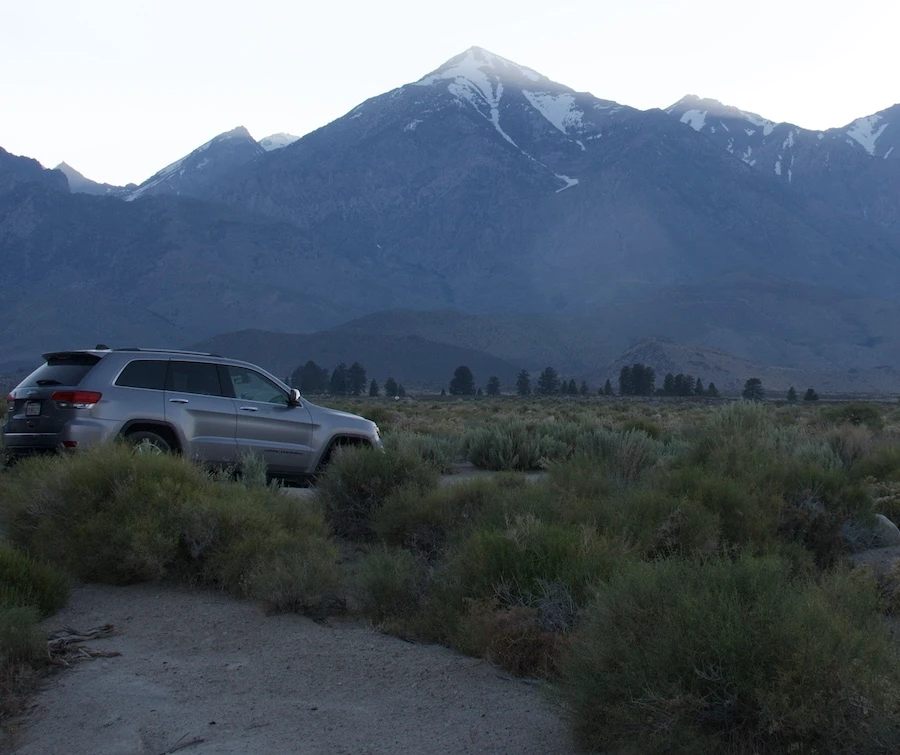September 19, 2023- 3RD OF 3
Archaeological Triumph: 2,000-Year-Old Roman Plaza Discovered in Northeastern Spain
In a thrilling archaeological revelation, the remnants of a grand Roman plaza, estimated to be around 2,000 years old, have been unearthed at the La Cabañeta archaeological site in northeastern Spain. This incredible discovery stands as a testament to the rich historical tapestry of the Iberian Peninsula. Let's embark on a journey through time and explore the significance of this ancient plaza.
The Historical Enigma of La Cabañeta
The city where this extraordinary plaza resides was established around 200 BCE. Unfortunately, historical records have not been generous with information about this city. What we do know is that it met its demise during the turbulent Sertorian War, a civil conflict that erupted roughly a century after its founding, around 70 BCE. Intriguingly, the city's name remains a mystery, shrouding it in an air of enigma.
A Resurgence of Exploration
After nearly a decade of dormancy, the site saw a rekindling of archaeological activity in July. The central area of La Cabañeta became the focal point of this renaissance, where archaeologists stumbled upon the remains of an ancient plaza. This find is nothing short of extraordinary, making it the oldest-known public square in the interior of the Iberian Peninsula.
The Unearthed Plaza:
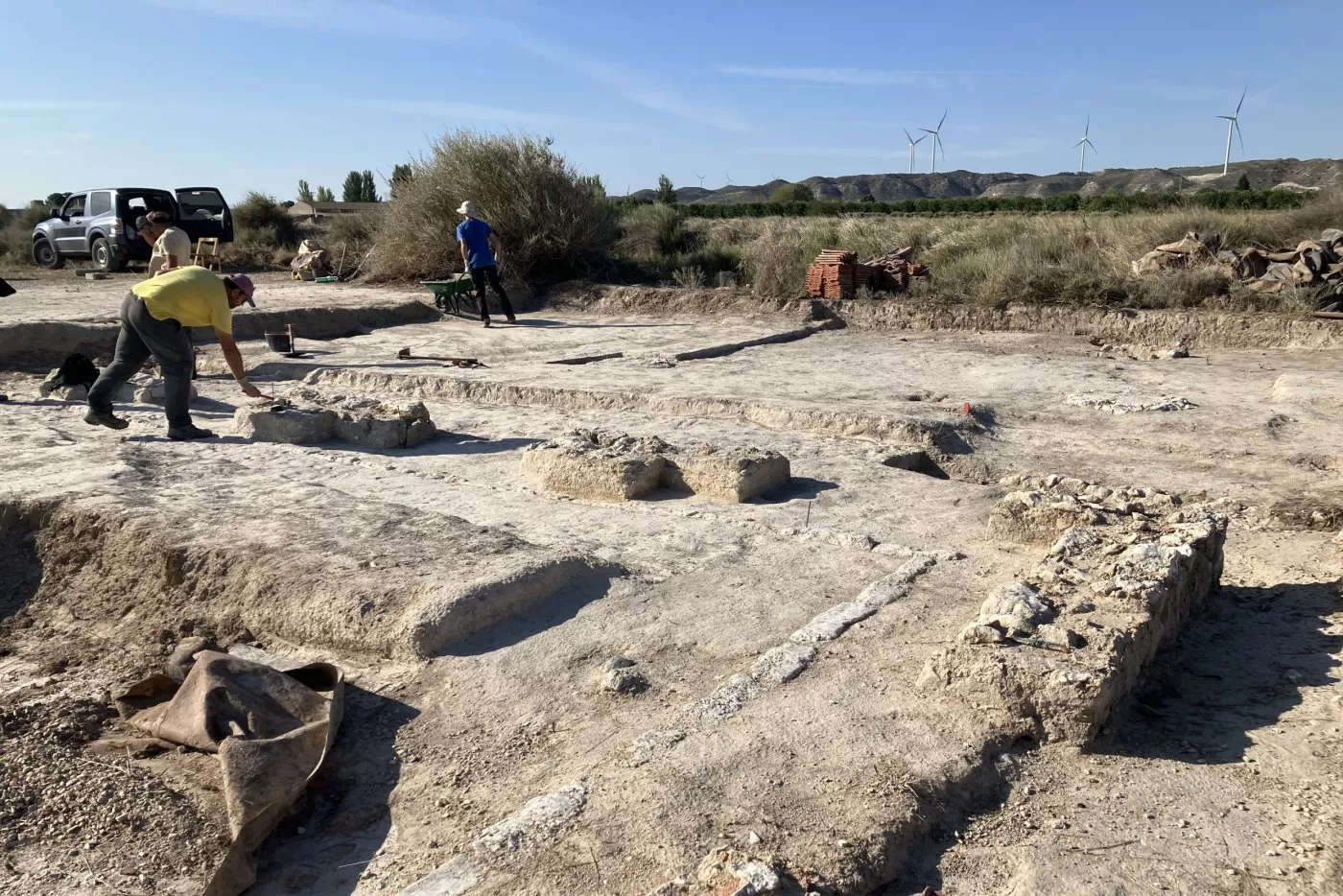
A Glimpse into the Past
The newly discovered plaza is a testament to the architectural prowess of ancient Rome. It stands surrounded by a portico adorned with intricately crafted tiles, showcasing the exquisite artistry of the time. Adjacent chambers, believed to have served commercial purposes, hint at a bustling marketplace that once thrived here.
The city itself followed a meticulous grid pattern in its layout. Its strategic positioning along the banks of the Ebro River added to its significance. This prime location likely transformed the city into a bustling transportation hub, facilitating trade and commerce along the riverbanks.
Unlocking History's Mysteries
As researchers delve deeper into this historical treasure trove, their goals are ambitious. They aim to uncover the city's name, understand its historical importance, and shed light on its role within the Roman Empire's extensive provincial network. The La Cabañeta plaza offers a unique window into the past, and with each archaeological revelation, we draw closer to unraveling the secrets held within its ancient stones.
In conclusion, the discovery of the Roman plaza at La Cabañeta is not merely an archaeological breakthrough but a portal to the past, beckoning us to explore the mysteries of a bygone era. As excavation and research continue, we can anticipate that this remarkable find will reshape our understanding of Roman history in the Iberian Peninsula.
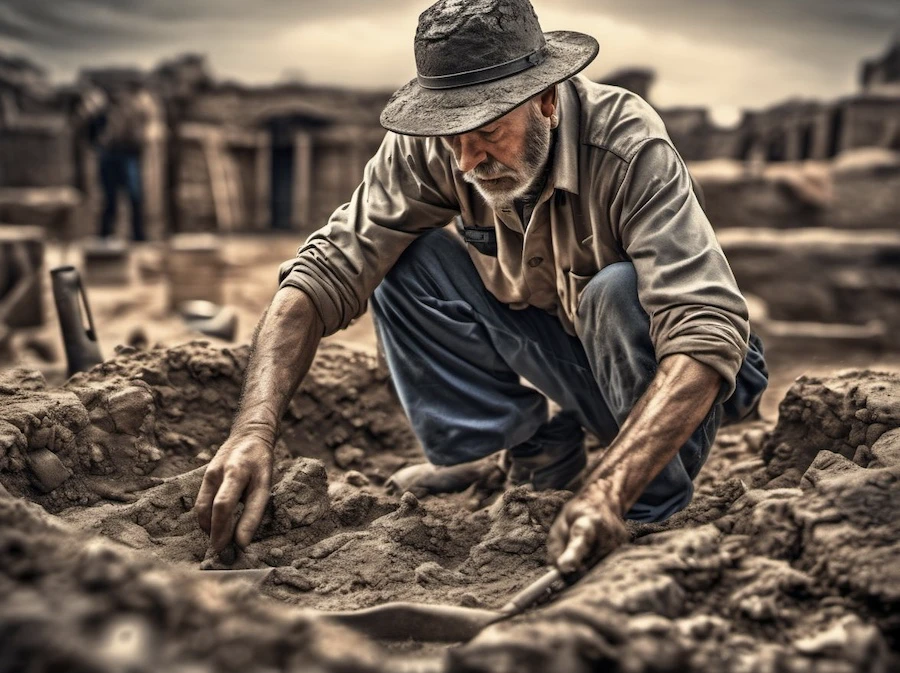


























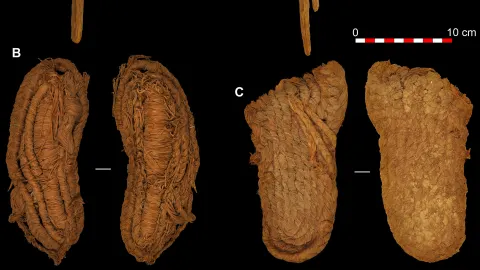



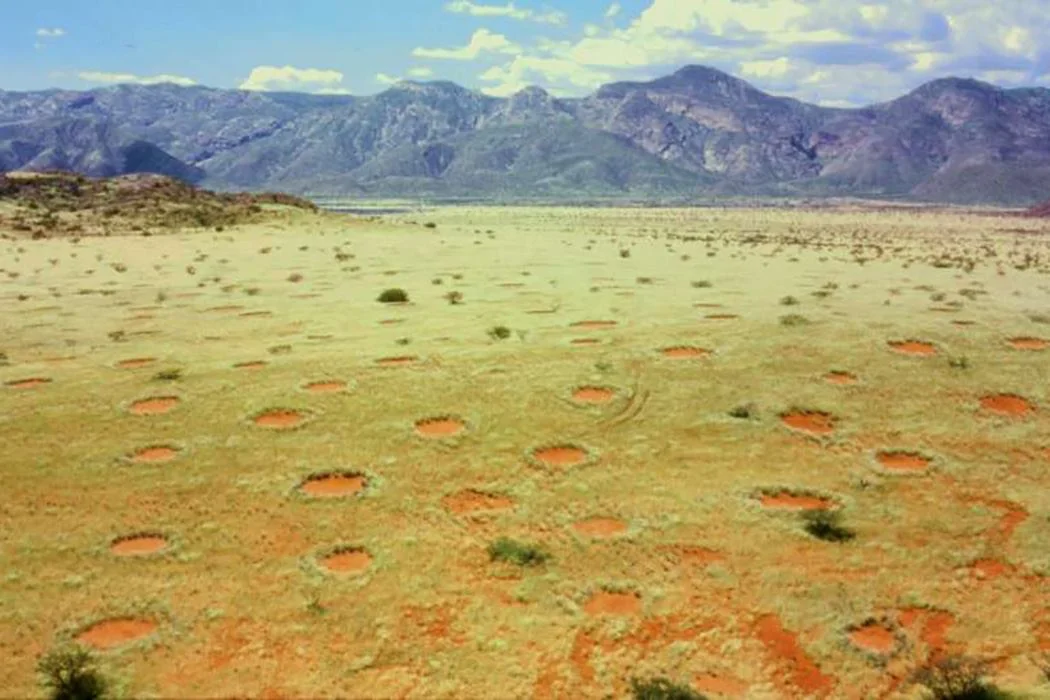
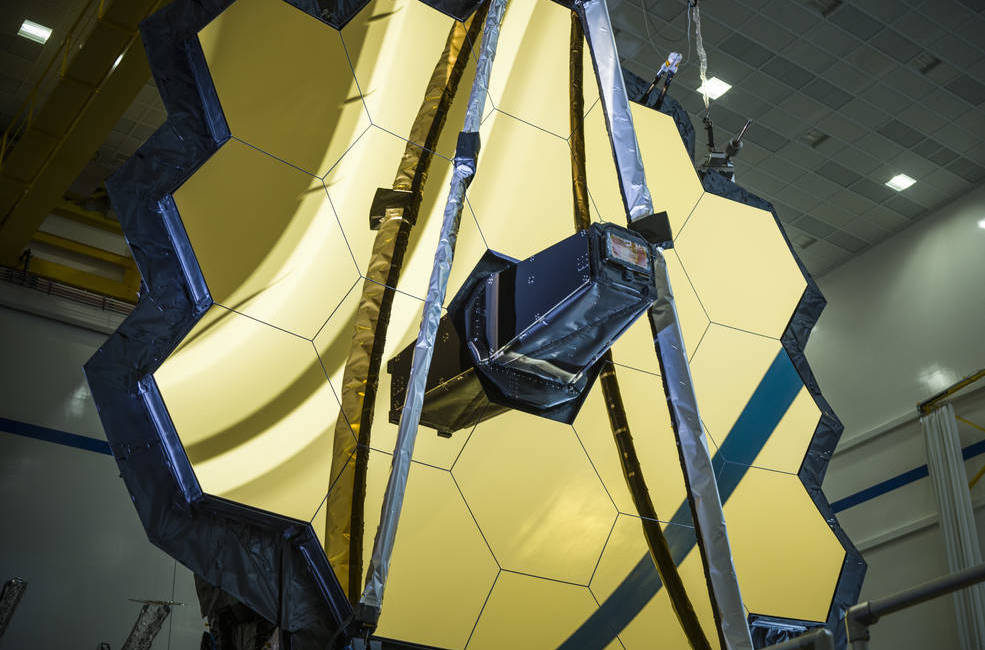

















.webp)
.webp)


































